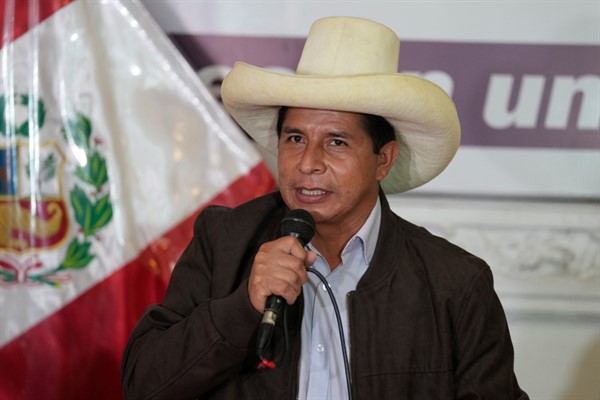This year marks the 10th anniversary of the creation of the Pacific Alliance, a Latin American regional trade bloc founded by Mexico, Colombia, Peru and Chile, with the hopes of expanding to others, such as Panama or Ecuador. The concept had been presented for the first time in 2006 by then-Peruvian President Alan Garcia Perez: a network of countries on the Pacific coast that could increase their trade with the Asia-Pacific through interregional agreements.
When the Pacific Alliance was finally launched in April 2011, its members had conservative presidents that aligned politically and commercially with Washington. Other countries in the region, led by Brazil, were ruled by left-wing leaders, some of whom were populists aligned more closely with China and Russia. Accordingly, Latin America was sometimes portrayed as having two opposing geopolitical sides: a Pacific region with close ties to the United States and an Atlantic region that was distancing itself from the West. The 2014 crisis over Russia’s annexation of Crimea was a good illustration: Pacific Alliance members condemned the move at the U.N., while the members of the Mercosur trade bloc—Argentina, Brazil, Paraguay and Uruguay—backed Russia.
Despite the drug trafficking and political violence that has wracked many of the so-called Pacific Pumas, they were seen in Washington as models of economic and political stability for the rest of Latin America to follow. For three decades, they all had pro-market, pro-trade and pro-Washington democratic governments. Even with their fair share of partisanship and government crises, they generally implemented sound macroeconomic policies and guaranteed the protection of property rights, while ensuring that their alliances with the U.S. were never in doubt. Their presidents moved within a narrow ideological menu of options, ranging from center-left moderates to right-wing conservatives.

